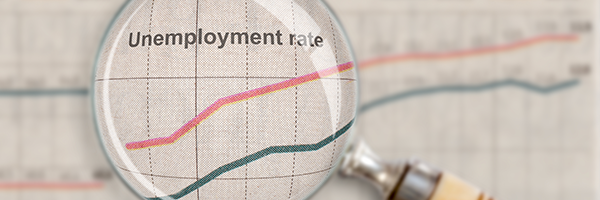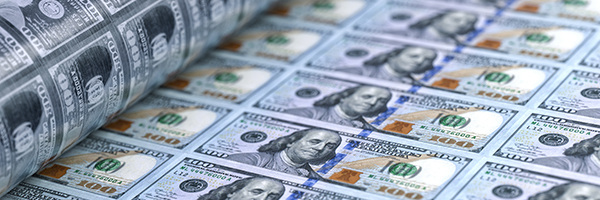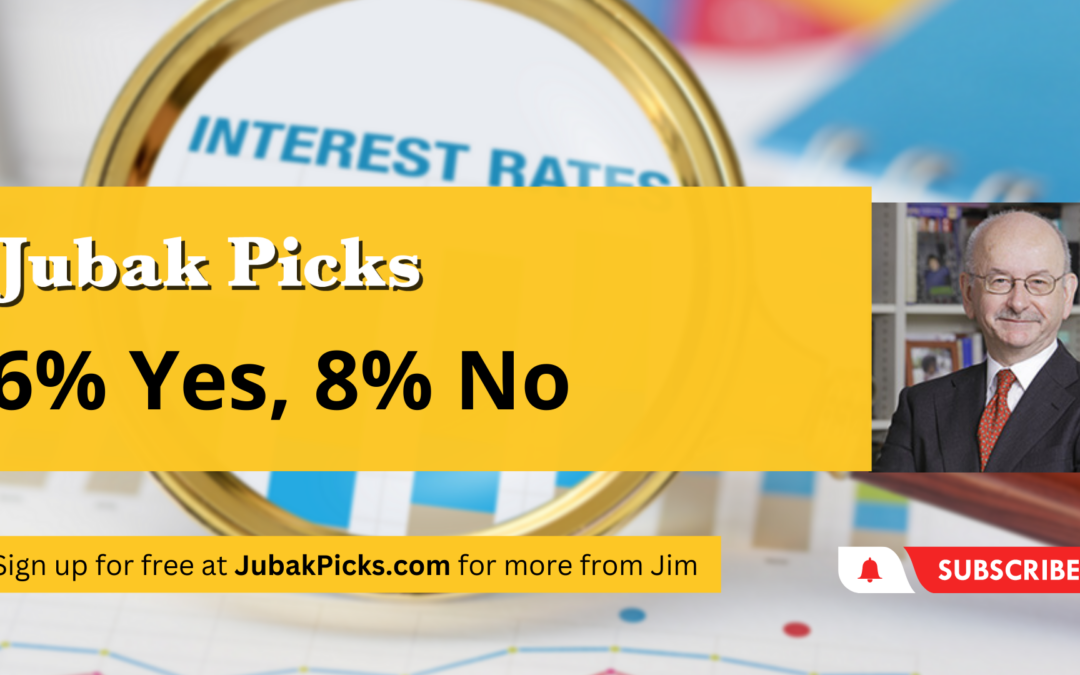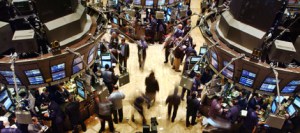
March 13, 2023 | Daily JAM, Short Term |
Tomorrow’s CPI inflation report for February will show whether the Federal Reserve faces a very difficult task in bringing down inflation without crashing the economy (and/or the banking system) or whether the job is simply impossible. Right now economists are pointing toward impossible. The annual inflation rate is likely to have come down in February from January but the month-to-month trend is likely to be flat. Which means that inflation has stopped declining with the annual rate well above the Fed’s 2% target rate.

March 8, 2023 | Daily JAM, Morning Briefing |
Private payrolls increased by 242,000 in February, according to the ADP National Employment Report. Economists surveyed by the Wall Street Journal had been looking for the economy to add 205,000 jobs in the month. The February increase was well above the revised January total of 119,000 new jobs. While the jobs report issued by the Bureau of Labor Statistics doesn’t always track closely to the ADP report, the stronger-than-expected new job total in today’s data certainly suggests that Friday’s official government report could also come in hotter than expected. Right now economists are looking for the economy to add 225,00 jobs in February according to the official data.

March 7, 2023 | Daily JAM, Morning Briefing |
As the day wore on, the stock market decided that it liked Federal Reserve Chair Jerome Powell’s Senate testimony less and less. The Standard & Poor’s 500 was down just 0.72% at 11 a.m. New York time. The index closed down 1.53% for the day.

March 3, 2023 | Daily JAM, Morning Briefing |
Yesterday, March 2, yields on all Treasury maturities closed above 4%. Today, that 4% level hasn’t held across all maturities with the 10-year Treasury yield dropping back to 3.96%, down 9 basis points, as of 3:00 p.m. But I think yesterday’s surge to a 4% yield for all maturities marks a milestone in this market–and the upward march of interest rates as the Federal Reserve shows signs of raising rates higher and longer.

March 1, 2023 | Daily JAM |
It’s not like we don’t know that these two Federal Reserve presidents favor higher interest rates for longer. But still hearing them say it did put a crinkle in stock prices today.

February 24, 2023 | Daily JAM, Morning Briefing |
The Personal Consumption Expenditures index, the Federal Reserve’s preferred inflation gauge, rose in January at its fastest pace since June. Consumer prices rose 0.6% from December to January, up sharply from a 0.2% increase from November to December, the Commerce Department reported on Friday, February 24. Year-over-year prices rose at a 5.4% rate, up from a 5.3% annual race in December. Core inflation, which excludes volatile energy and food prices, rose 0.6% from December, up from a 0.4% rise in December from Movember. Year-over-year core inflation was up 4.7% in January, versus a 4.6% year-over-year rate in December.

February 22, 2023 | Daily JAM, Videos |
Today I posted my two-hundred-and-fortieth YouTube video: 6% Yes, 8% No. Today’s topic is: 6% Yes, 8% No. I’ve been saying that I think 6% is the peak for interest rate increases from the Federal Reserve this cycle. Inflation is not coming down as fast as the Fed would like and it’s going to have to keep raising rates until it can bring inflation down to an acceptable level. But what’s acceptable to the Fed? According to the Taylor Rule, which looks at unemployment to calculate where interest rates should be in order to control inflation, we’re heading toward 9% interest rates. I don’t think that’s going to happen in this cycle–not because the economics are wrong, but because the politics don’t work. Mohamed El-Erian recently argued that what is really needed is 8%, but if the Fed did that, he noted, it would cause a massive recession. Instead, he thinks the Fed will declare victory when inflation reaches 3% to 4%, (and we’re 4.5% to 5.5% now, depending on what inflation measure you choose). The idea is that the Fed will settle for a higher inflation rate and blame the green energy transition, geopolitical challenges, and changes in the labor market. Look for a 6% interest rate peak as a good buy point into this market.

February 20, 2023 | Daily JAM, Morning Briefing |
The big event of the week will be Friday’s report on the Personal Consumption Expenditures (PCE) inflation index. This, rather than the CPI, is the inflation measure that the Federal Reserve watches.

February 17, 2023 | Daily JAM |
Economists at Bank of America and Goldman Sachs now see the Federal Reserve extending its interest-rate increases through the June Fed meeting.

February 14, 2023 | Daily JAM |
Stocks didn’t move much today after the Consumer Price Index for January showed enough inflation strength to bring Federal Reserve officials out in force to talk about a potential need to raise interest rates above current financial market expectations. But other indicators–the CME FedWatch Tool, most obviously–showed that investors and traders continue to reposition for more interest rate increases beyond the Fed’s May 3 meeting.

February 14, 2023 | Daily JAM |
The pixels weren’t even dry on this morning’s CPI inflation report–6.4% year over year, a 10 basis point drop from December, but a 0.5% month-to-month increase from December–before Federal Reserve officials were out talking up the idea that the Fed will have to raise interest rates more to bring inflation down to its 2% target.

February 9, 2023 | Daily JAM |
Right now the consensus has moved up to price in a peak interest rate of 5.1% in the Fed Funds rate with the peak coming sometime in June or July. I think that’s unrealistically low. We’re going to need a peak rate of 6% or more before the Fed can declare victory over inflation. (And just to be clear, I don’t think 6% will beat inflation down to the Fed’s target of 2% inflation. I just think that 6% is likely to result in a recession and that given the choice between leaving the fight with inflation still near 4% or causing a deep recession, the Fed will declare victory and punt. Punting will mean a decision to begin cutting interest rates.) The next step in getting to 6% will come, I believe, at the Fed’s March 22 meeting. The revised Dot Plot projections that will be released at that meeting are likely to show that the consensus at the Fefd is for a higher peak and later in 2023. Let’s say 5.25% as a new projection of the peak. The next unofficial steps, however, are likely to occur in the pronouncements of Wall Street portfolio managers. What we’re likely to see is a steady stream of higher projections,












